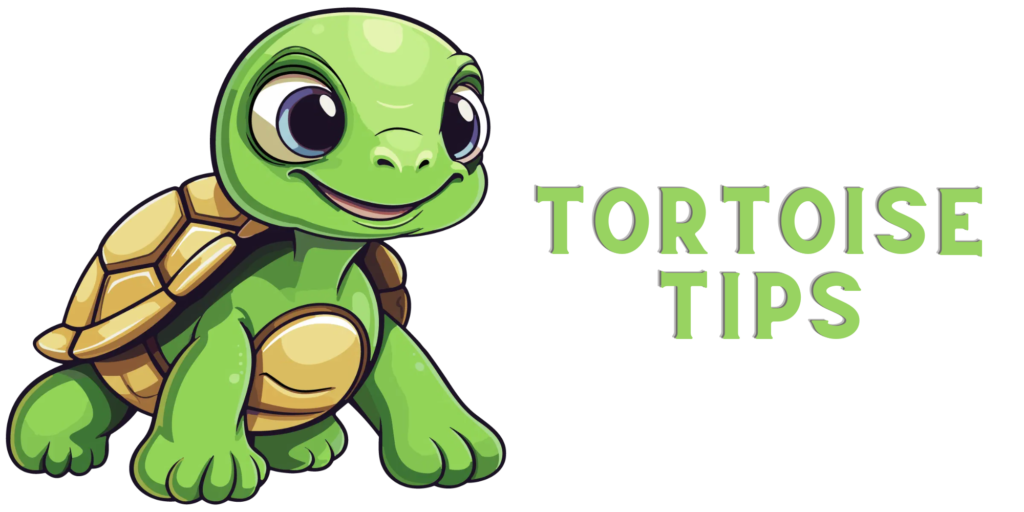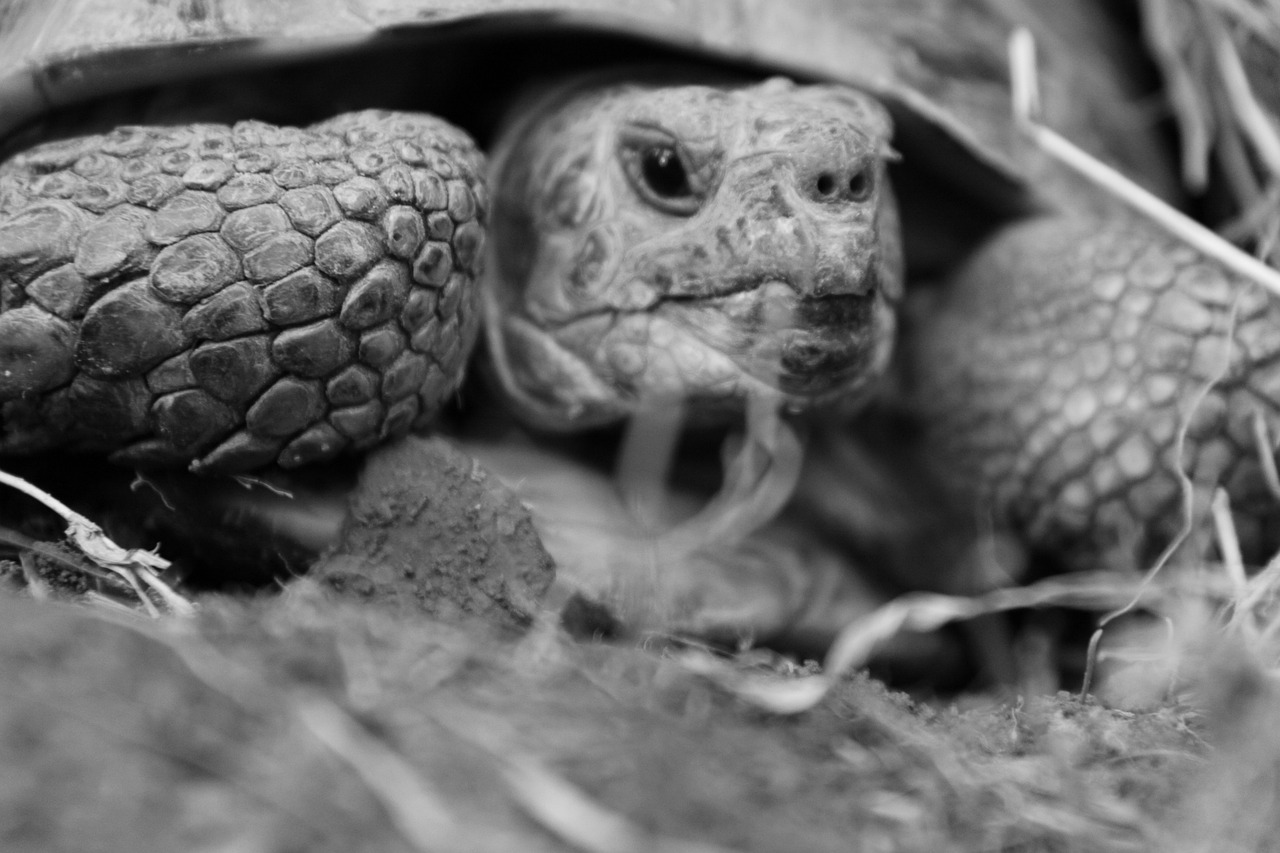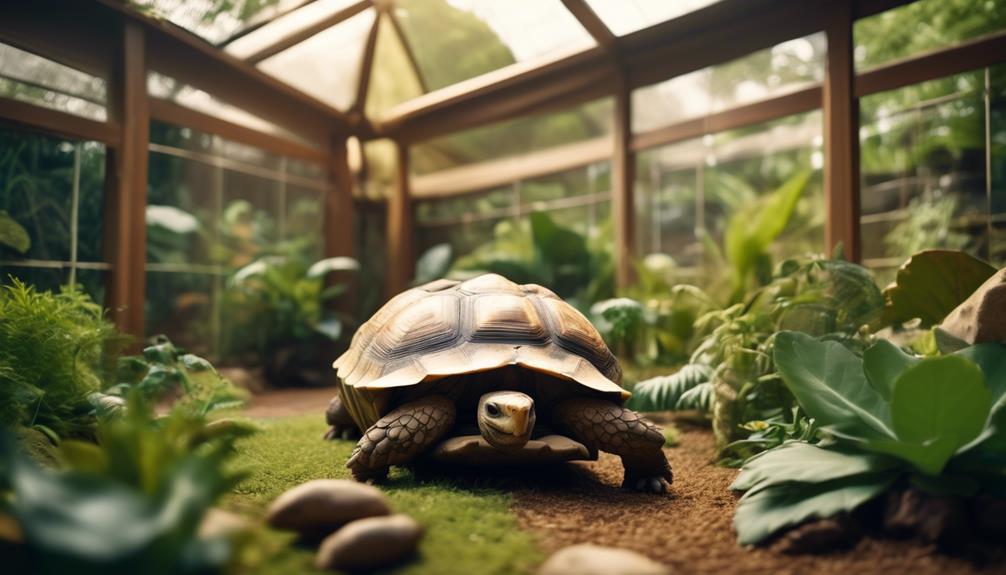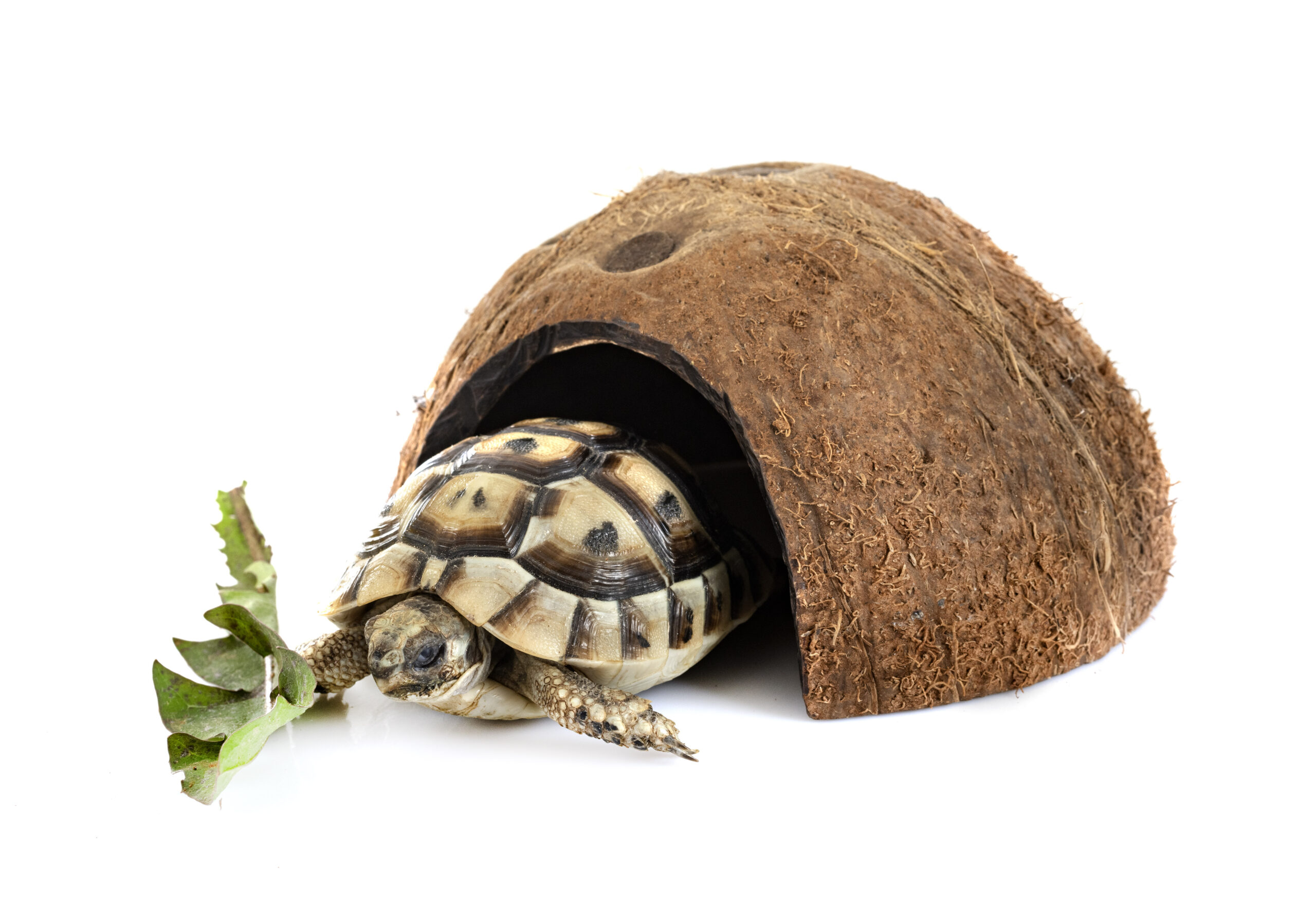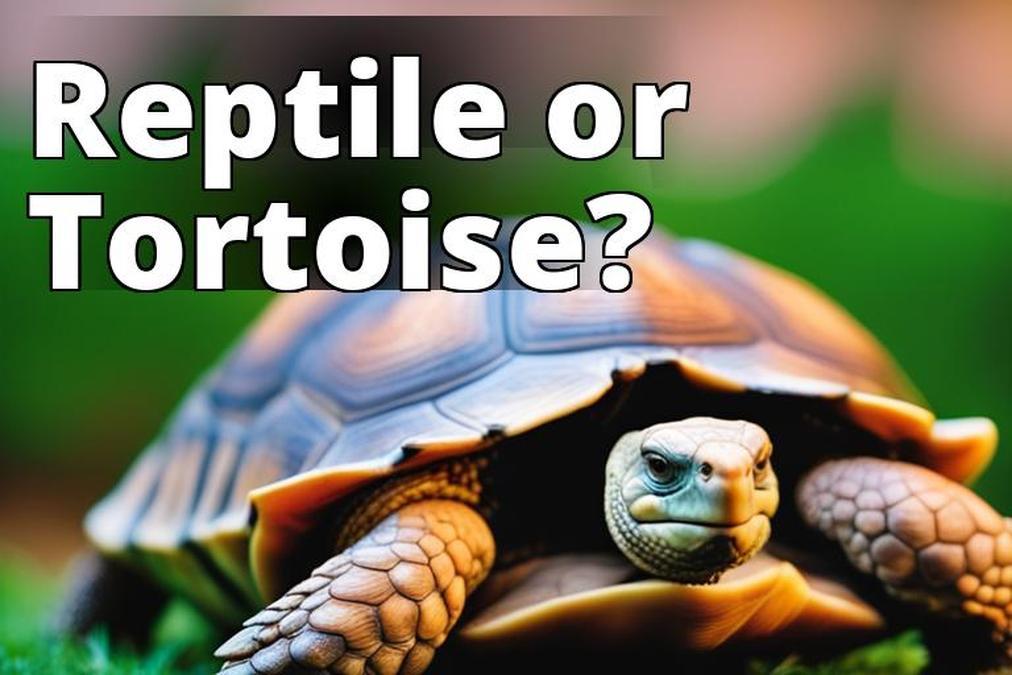Are you considering getting a new pet? Russian tortoises are fascinating and unique pets that are native to Central Asia. These small and hardy creatures are great for beginners, but proper care is essential for their health and longevity. This comprehensive guide will cover everything you need to know about caring for a Russian tortoise.
Beginner’s Guide to Russian Tortoise Care
As an experienced reptile owner, I can attest to the fact that Russian tortoises (Agrionemys horsfieldii) are small tortoises that are native to the deserts and grasslands of Central Asia. They are a popular pet choice due to their hardiness, small size, and docile temperament. Adult Russian tortoises typically grow to be 6-10 inches long and can live up to 50 years in captivity.
One of the most fascinating things about Russian tortoises is their ability to hibernate. In the wild, they will burrow underground and hibernate for several months during the cold winter months. This ability to hibernate has helped them survive in harsh environments where food and water can be scarce.

Setting Up the Perfect Habitat for Your Russian Tortoise
The first step in Russian tortoise care is to set up the perfect habitat for your pet. Here are some key things to keep in mind:
Enclosure
Your Russian tortoise’s enclosure should be large enough to allow your pet to move around and explore. A good rule of thumb is to provide at least 2-3 square feet of space per tortoise. The enclosure should also have a solid bottom to prevent your tortoise from digging its way out.

Lighting and Heating
Your tortoise requires UVB lighting to help them absorb calcium and maintain good health. You can purchase UVB bulbs at most pet stores or online. The enclosure should also be kept at a temperature of 80-85 degrees Fahrenheit during the day and 70-75 degrees Fahrenheit at night.
Substrate
Your tortoise prefers a dry and easy-to-burrow substrate. Good options include coconut coir, cypress mulch, or a mixture of sand and organic topsoil.
Hide Box
Your tortoise needs a hiding place where they can go to feel safe and secure. You can purchase a hide box at most pet stores or make your own using a plastic container with a hole cut out for entry.
Feeding Your Russian Tortoise: A Nutritional Guide
| Health Problem | Symptoms | Treatment |
|---|---|---|
| Respiratory infections | Lethargy, wheezing, runny nose, coughing, loss of appetite | Antibiotics prescribed by a vet |
| Parasites | Diarrhea, lethargy, loss of appetite, weight loss, visible worms in feces | Deworming medication prescribed by a vet |
| Shell rot | Soft, discolored, or flaky patches on the shell, foul odor, lethargy, loss of appetite | Antibiotics and wound cleaning prescribed by a vet |
| Metabolic bone disease | Soft or deformed shell, lethargy, lack of appetite, difficulty moving | Calcium and vitamin D3 supplements, UVB lighting, and dietary changes |
| Egg binding | Lethargy, loss of appetite, straining to lay eggs | Soaking in warm water and gentle massage, surgical intervention if necessary |
Proper nutrition is essential for the health of your Russian tortoise. Here are some key things to keep in mind when feeding your tortoise:
Diet
Your tortoise’s diet should consist of a variety of leafy greens, such as collard greens, kale, and dandelion greens. They also enjoy fruits and vegetables such as carrots, squash, and apples, but these should be given in moderation due to their high sugar content. Avoid feeding your tortoise high-protein foods such as meat, as this can cause health problems. Offer food every day, and it should not be left in the enclosure for more than a few hours.
Supplements
Your tortoise requires calcium and vitamin D3 to maintain healthy bones and shell growth. You can provide these supplements by dusting your tortoise’s food with a calcium and vitamin D3 powder.
Water
Your tortoise needs access to fresh water at all times. You can provide a shallow dish of water for your tortoise to drink from or mist the enclosure with water to help maintain humidity levels.
Health and Wellness: Maintaining a Happy Russian Tortoise
Regular health checks and proper hygiene are essential for the well-being of your Russian tortoise. Here are some things to keep in mind:
Vet Visits
It’s important to take your Russian tortoise to the vet for regular checkups to ensure that they are healthy and to catch any health problems early. Signs of illness in tortoises can include lethargy, loss of appetite, and abnormal behavior.
Shell Care
The shell of your Russian tortoise is an important part of their anatomy and should be kept clean and healthy. You can keep the shell clean by gently wiping it with a damp cloth or soft-bristled brush. If you notice any cracks or damage to the shell, take your tortoise to the vet immediately.
Bathing
Your tortoise enjoys soaking in water, which can help keep their skin healthy and hydrated. You can provide a shallow dish of water for your tortoise to soak in or give them a shallow bath in warm water.

Handling and Bonding with Your Russian Tortoise
Your Russian tortoise is a social creature and can form bonds with their owners over time. Here are some tips for handling and bonding with your tortoise:
Approach Slowly
Approach your tortoise slowly and from the front to avoid startling them. You can also try speaking softly to your tortoise to help them get used to your presence.
Support the Body
When picking up your tortoise, support their entire body with both hands to avoid putting pressure on their shell. Avoid picking them up by their limbs or tail, as this can cause injury.
Spend Time Together
Spending time with your tortoise can help them get used to your presence and form a bond with you. You can sit next to their enclosure and talk to them, or take them outside to explore in a safe and controlled environment.
Common Mistakes to Avoid in Russian Tortoise Care
While Russian tortoises are relatively low-maintenance pets, there are a few common mistakes that owners should avoid. Here are some things to keep in mind:
Overfeeding
Overfeeding your tortoise can lead to health problems such as obesity and digestive issues. Be sure to provide a balanced diet and avoid giving your tortoise too many treats.
Incorrect Lighting and Heating
Proper lighting and heating are essential for the health of your tortoise. Be sure to provide UVB lighting and maintain the correct temperature in their enclosure.
Lack of Hydration
Your Russian tortoise needs access to fresh water at all times. Be sure to provide a shallow dish of water or mist the enclosure with water to help maintain humidity levels.
By following these tips and guidelines, you can provide the best possible care for your Russian tortoise and enjoy many happy years together. Remember to always do your research and consult with a vet if you have any concerns about your tortoise’s health or well-being.
